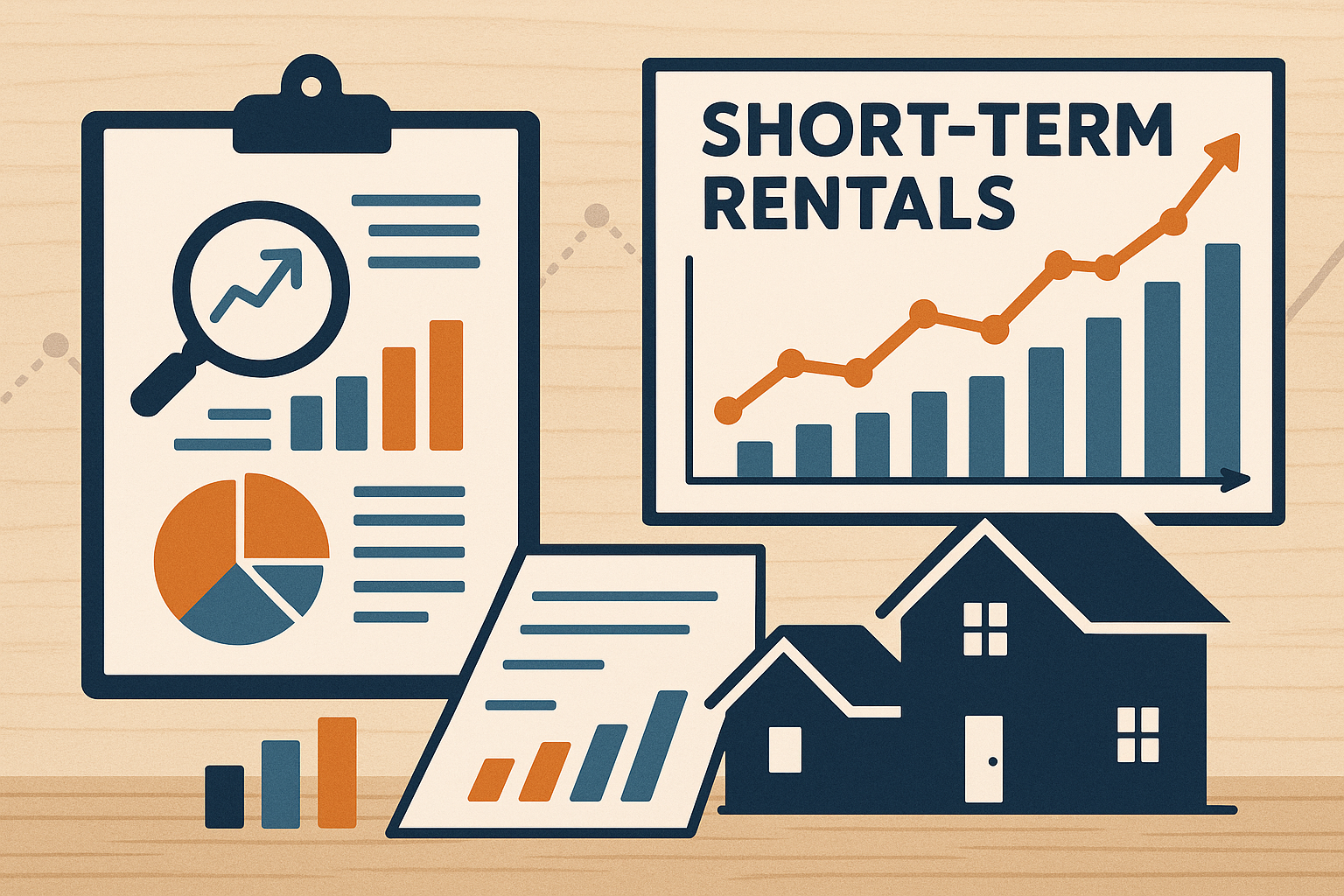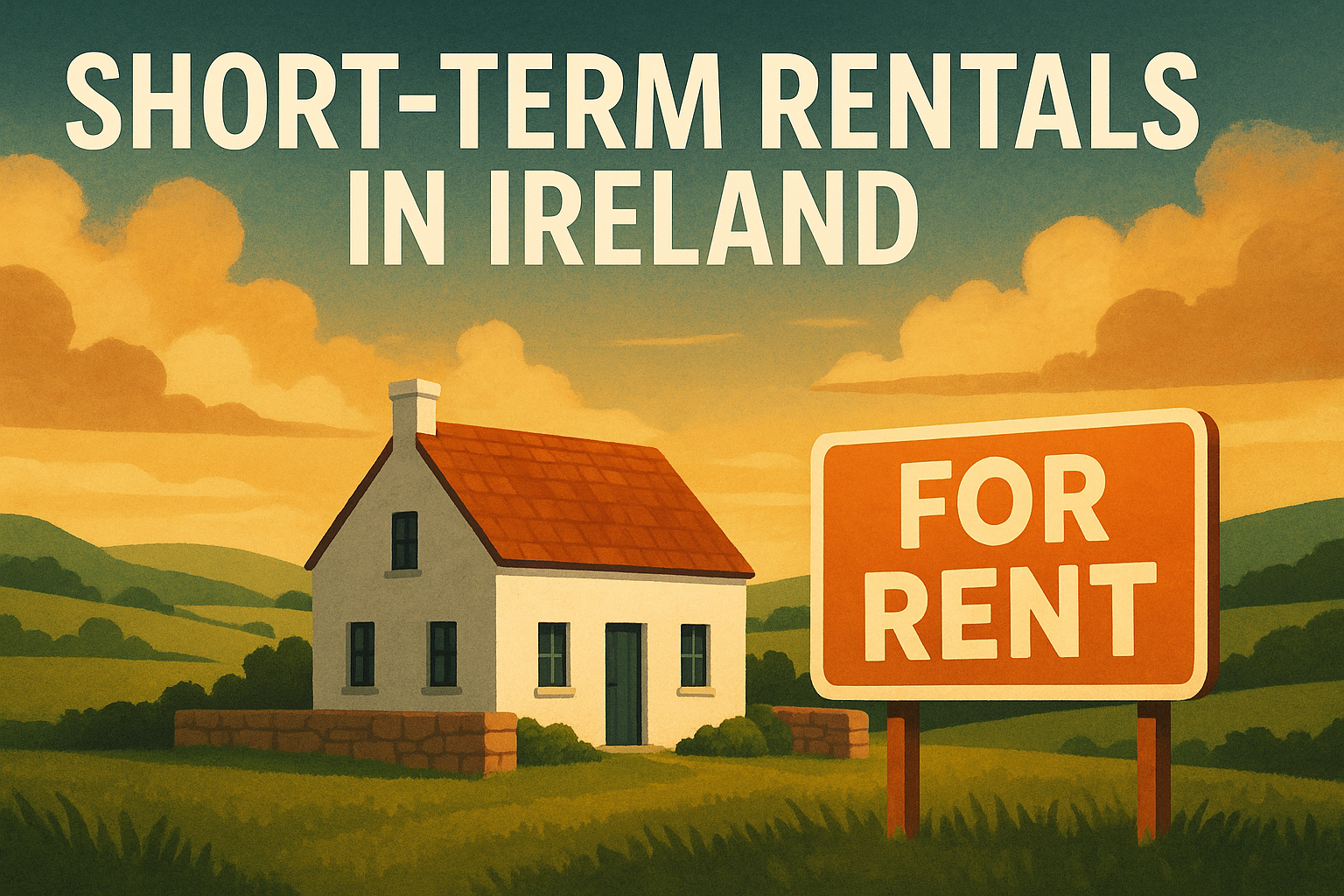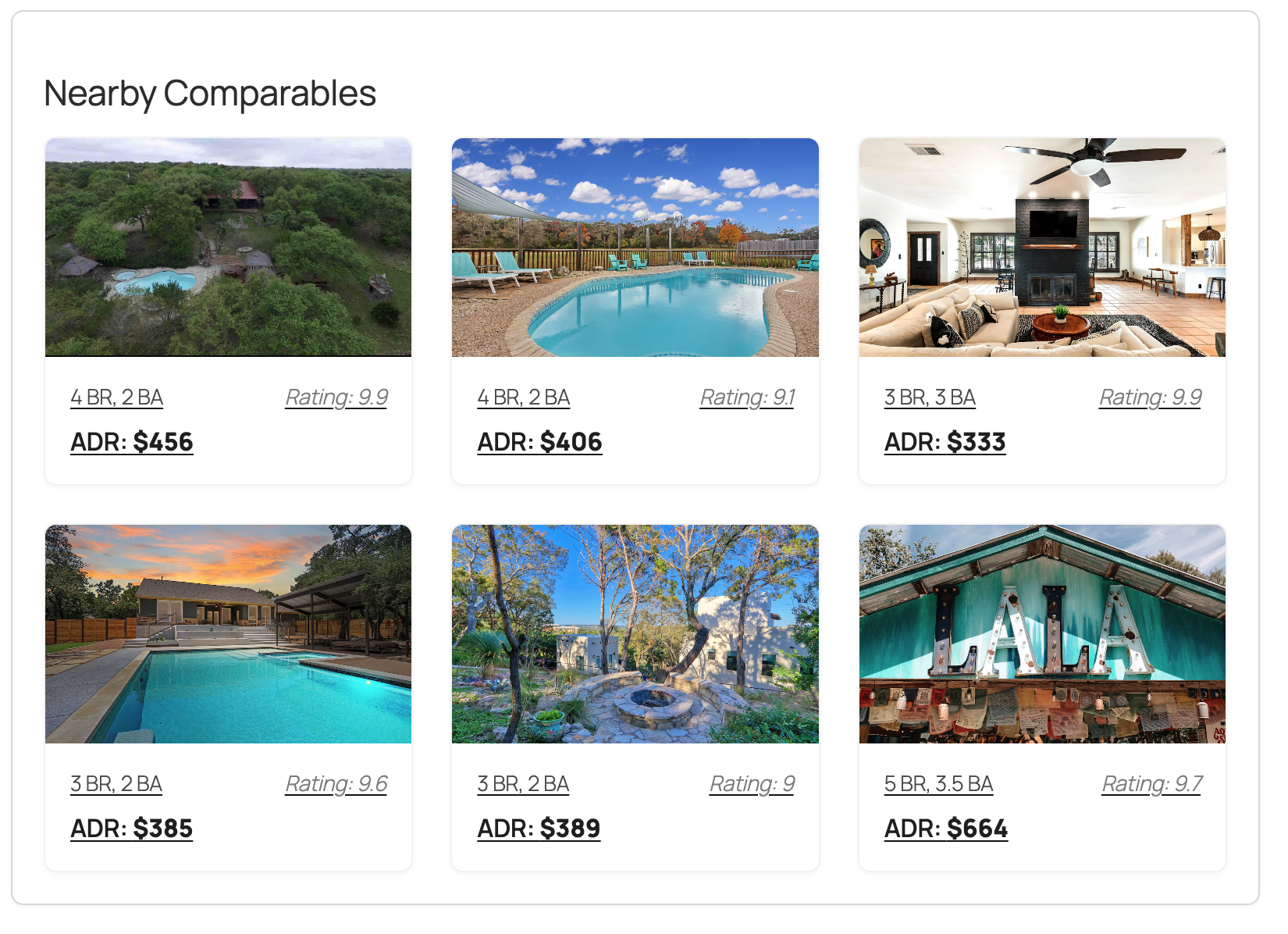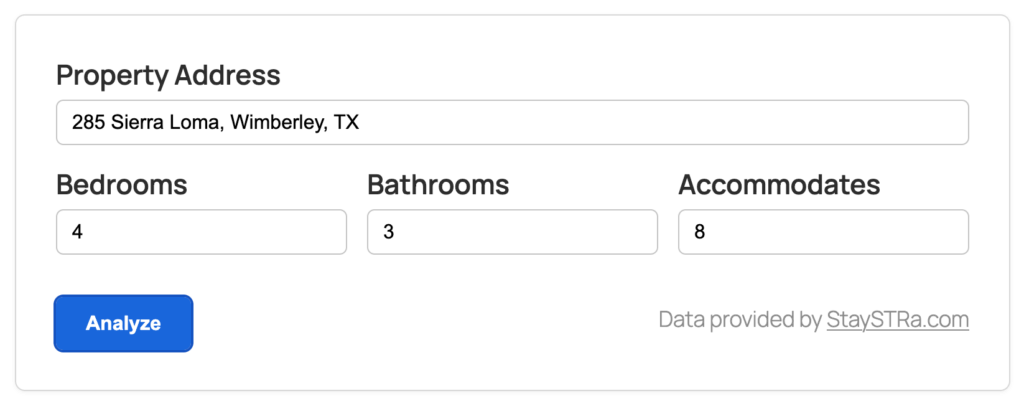Hello everyone, Edna Stewart here. It’s a pleasure to connect with you again from my desk here in Santa Fe. As the Senior Data Analyst and Research Editor for our publication, I spend my days looking at numbers and trends in the short-term rental world. Today, I want to share some interesting findings about how nightly prices have changed over the past year in certain areas.
We’ll be looking at something called the Average Daily Rate, or ADR. Think of ADR like the average price tag you see on a rental for one night’s stay, once it’s actually booked. By comparing the ADR from last year (2024) to this year (2025) in different markets, we can see where prices are heading.
Our latest data shows some significant jumps in certain cities. Let’s dive into which places saw the biggest increases.
What Do Rising Rates Tell Us?
When we see the average nightly rate go up quite a bit in a specific city, it often points to a few things. It might mean more travelers want to visit that place, perhaps because of its attractions, natural beauty, or local events. It could also suggest that the number of available rentals hasn’t kept pace with the number of people wanting to book them. Sometimes, local regulations or economic factors can also play a role.
Looking at our list, it’s hard not to notice a theme: mountain destinations and cities in California are seeing some of the most substantial price growth right now. This often happens in desirable areas where people love to vacation, hike, ski, or just enjoy the scenery.
The Biggest Movers: Where Prices Jumped the Most
Let’s look at the stars of this particular dataset – the places where the average cost per night saw the largest increases compared to last year.
- Leading by Dollars: Topping the list for the biggest dollar increase is Park City, Utah. Guests there are paying, on average, a substantial $223 more per night than last year, bringing the ADR up to nearly $640! That’s quite a leap. Other big dollar jumps happened in Steamboat Springs, Colorado (up $211) and Breckenridge, Colorado (up $207).
- Leading by Percentage: When we look at the biggest percentage jump, Breckenridge, Colorado leads the way with a nearly 64% increase in its ADR! Close behind are Santa Clarita, California (up almost 61%) and Steamboat Springs, Colorado (also up about 61%). These kinds of percentage increases mean the nightly rate grew very quickly relative to what it was last year.
It’s fascinating to see some places, like Steamboat Springs and Breckenridge, appearing high on both the dollar and percentage increase lists. This signals really strong price momentum in those markets.
Top 10 Cities for ADR Growth (2024 vs. 2025)
Here are the ten cities from our data that showed the largest increases in Average Daily Rate over the past year. I’ve included the new average rate for 2025 and the percentage increase from 2024. If you’d like to explore more data about any of these specific cities, just click the link!
- Park City, Utah: $639.75/night (+53.6%)
- Steamboat Springs, Colorado: $558.91/night (+60.7%)
- Breckenridge, Colorado: $530.82/night (+63.9%)
- Frisco, Colorado: $493.77/night (+50.0%)
- Santa Clarita, California: $393.80/night (+60.9%)
- South Lake Tahoe, California: $475.82/night (+35.2%)
- Rancho Cucamonga, California: $366.00/night (+47.0%)
- Fullerton, California: $384.96/night (+34.1%)
- Big Bear Lake, California: $442.56/night (+28.0%)
- Key West, Florida: $594.38/night (+18.5%)
(Data reflects changes comparing 2024 ADR to 2025 ADR)
What This Means for You
If you’re a host in one of these areas, this trend could mean higher potential earnings from your rental. It reflects strong demand. For travelers planning trips to these popular spots, it signals that budgeting for accommodation might require a bit more planning, as nightly rates have climbed noticeably.
Understanding these shifts helps everyone involved in the short-term rental market make more informed decisions. I’ll keep watching the data, and I look forward to sharing more insights with you soon!







